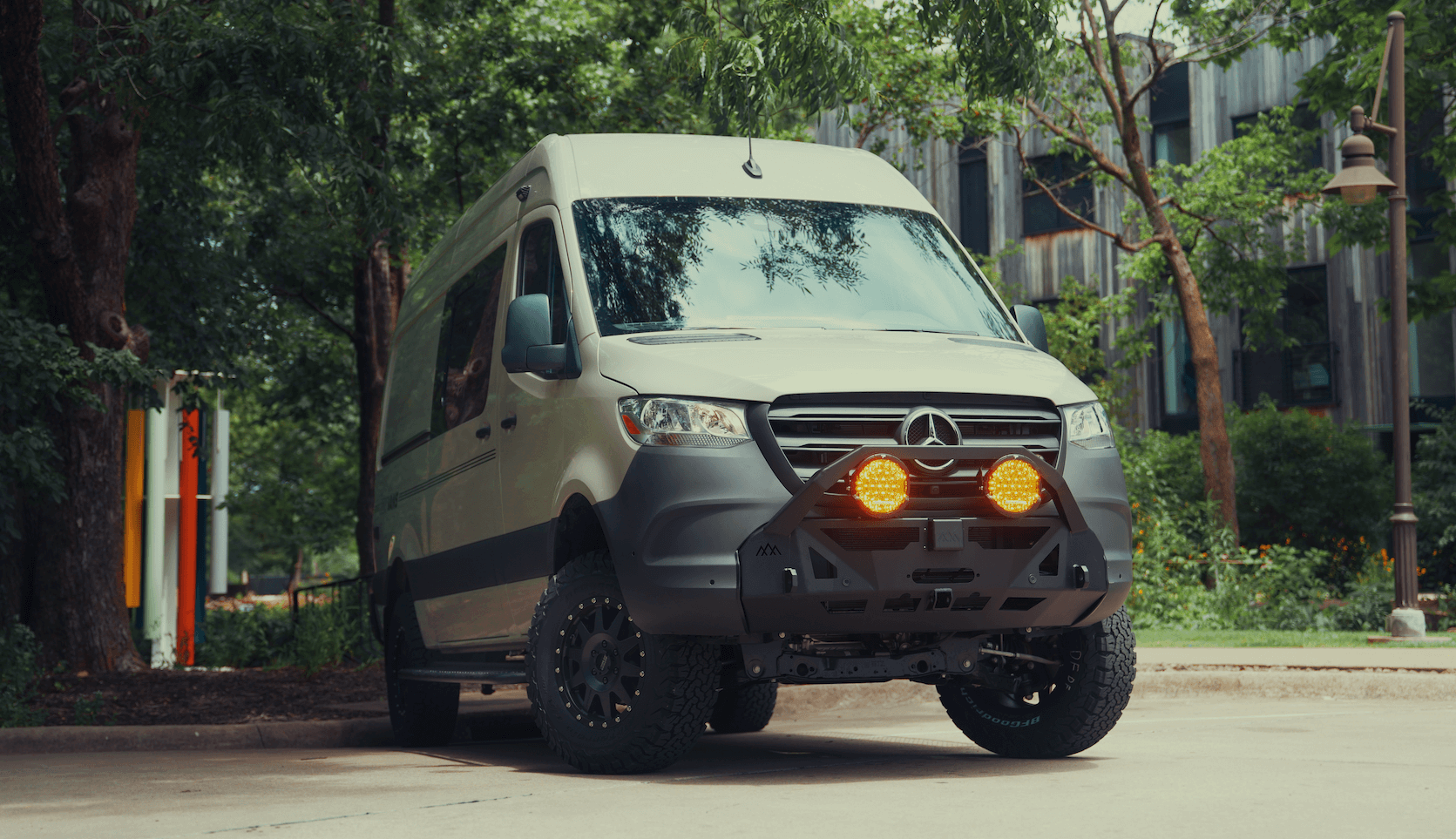Recreational Vans

Moving vehicles create low pressure pockets and swirling air behind the body. Those eddies act like a conveyor, pulling gases back toward rear doors and nearby windows. Crosswinds can push fumes up the side of the rig, where open sliders or awning windows invite reentry. Warm exhaust also rises and follows body contours, so roof edges and pop outs can trap a thin layer of gas that drifts into vents. Understanding these pressure zones is the first step to placing outlets where the flow cannot circle back.
Clear distance from openings matters more than raw pipe length. As a rule of thumb, place outlets several feet from any window, door, vent, or air intake, and extend the tip past the body line so gases enter clean airflow. A slight downward angle helps carry fumes away from the cabin and discourages intrusion during still air conditions. Avoid rear center exits on boxy bodies because the wake behind the vehicle is a recirculation hot spot.
Choose corrosion resistant materials like 304 or 316 stainless for pipes and clamps. Provide a steady fall in the run so condensation drains at the outlet. Where components pass near wood, plastic, or insulation, add heat shields and standoffs to maintain safe clearances. Keep all exhaust paths away from fuel tanks, brake lines, and wiring looms, and support the run with isolators that limit vibration transfer.
Compact diesel air heaters and on demand water heaters need careful placement of both intake and exhaust. Separate the intake from the exhaust outlet and keep both clear of doors, windows, and wheel spray paths. The heater exhaust should slope continuously down to the outlet, with the muffler drain hole oriented correctly so moisture cannot pool. Use high temperature sealants at joints and keep combustibles well outside the manufacturer’s listed clearances.
Onboard generators require certified exhaust kits with fire safe hangers, heat shields, and a side discharge that exits into clean airflow. Portable generators should never run inside a vehicle, garage, or under an awning near open windows. If your build includes a gasoline air heater or a catalytic appliance, follow the same distance and airflow rules and verify with carbon monoxide testing.
Good routing earns trust only after testing. Use a smoke pencil or theatrical fog around the outlet with windows cracked to watch for reentry under idle and moderate load. Repeat the test with a crosswind if possible. Place a calibrated carbon monoxide monitor inside the cabin at breathing height and confirm readings remain at zero during operation.
Inspect clamps, hangers, and shields each season. Look for chafe points, corrosion, and loose joints, then correct immediately. Clean soot from tips that could disrupt airflow and shorten outlets as needed to keep them beyond the body line. A second CO monitor near the bed adds redundancy for night use. These checks convert best practices into daily safety.
Complex builds add variables. Pop outs, roof racks, and sliders change airflow, while heaters, generators, and water systems each need their own safe path. If your layout stacks multiple outlets on one side, a professional can stagger terminations and shield hot zones so the cabin remains clear in real world conditions.
OZK Customs builds travel tested vans and towables that prioritize air quality and silent operation. For ideas on cabin layouts that naturally keep fumes away from occupants, explore our Recreational vans. If you are dreaming up a one of one layout, our team designs and executes complete systems on the Custom build van path. Prefer a platform that finances and is ready for upgrades, including safer exhaust routing and shielding? See our Mainstream vans.
Clean routing protects your health and the people around your camp. If you want a quiet, corrosion resistant system that keeps exhaust away from windows in every season, we can help. Submit the form below and we will map a precise solution for your vehicle and your travel style.
:
Ready to stop fumes at the source and protect your cabin air? Book a safety focused exhaust evaluation and routing upgrade with OZK Customs. Our team designs clean, durable runs that keep gases out of your living space and meet the demands of real travel. Submit the form and we will map a solution that matches your build and adventure goals.
ADDRESS:
6159 E Huntsville Rd, Fayetteville, AR 72701
PHONE:
(479) 326-9200
EMAIL:
info@ozkvans.com